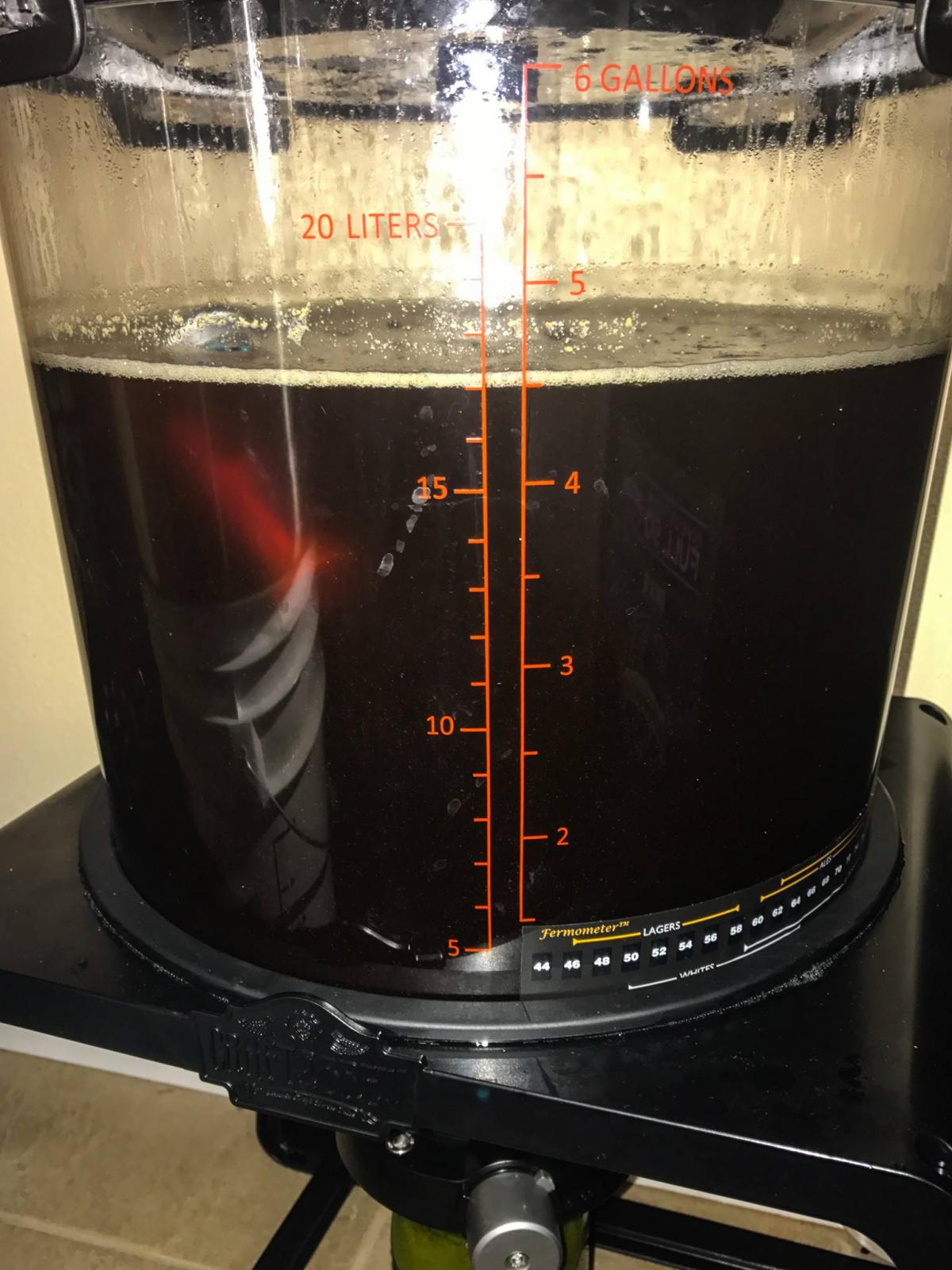Bottled my second IPA with the catalyst today. Biggest thing I learned from the first one was to make sure the hop matter fully settled out into the jar. This time I pseudo cold crashed (closed in porch, like 50°). Doing that, this time I only lost maybe a pint in the beginning from hop gunk. The rest was all good beer.
Still love the idea of that inline. Might pick one up considering the price.
Still love the idea of that inline. Might pick one up considering the price.




![IMG_2753[4114].jpg IMG_2753[4114].jpg](https://cdn.homebrewtalk.com/data/attach/335/335123-IMG-2753-4114-.jpg)
![IMG_2755[4115].jpg IMG_2755[4115].jpg](https://cdn.homebrewtalk.com/data/attach/335/335124-IMG-2755-4115-.jpg)
